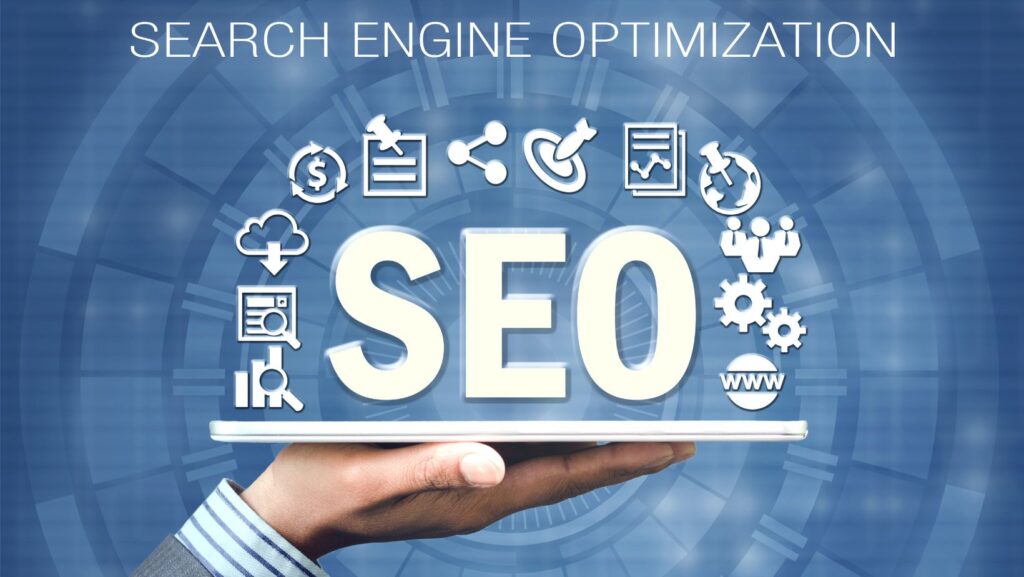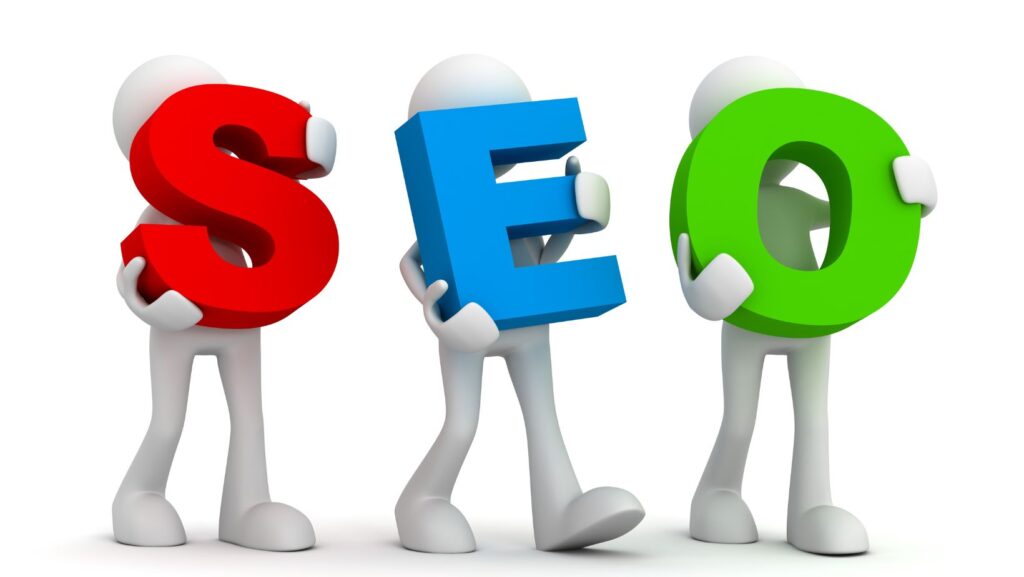Offline advertising doesn’t utilize SEO techniques because it’s based on reaching the target audience directly and without an intermediary. Billboards, print ads, and direct mail—all these tools engage with the user without waiting for a query. However, this doesn’t mean SEO techniques have nothing to learn from them. While they may be too traditional for a modern world, offline advertising can still generate awareness, recall, and action. For the same reason, sites like Spincity casino could learn a lot from them in terms of SEO strategies. Let’s take a look at how we can translate offline advertising tactics into SEO strategies.
Precision Targeting: Geographic and Demographic Focus
One of the reasons offline advertising yields successful results is its ability to deliver the right message to the right audience. They know the target audience very well and know what will interest them. For example, a transit shelter ad appeals to a very limited audience but is very effective on that audience. We can adapt this as an SEO strategy as follows:
- We can target small but directly reachable audiences using a strategy focused on Google Business Profiles.
- We can target specific geographic regions by using more localized keywords in content.
- We can optimize our SEO strategy to achieve higher rankings in “near me” results.
We can focus not only on geographic but also demographic audiences. Offline advertising does this with designs and colors that attract the attention of different demographics. For example, a print ad that appeals to children will use more colors and larger fonts. In our SEO strategy, we can appeal to different user personas by choosing appropriate designs for keyword selection, content themes, and voice. This will allow us to interact more easily and directly with our target audience.
Emotional Resonance and Brand Recall
The reason why billboard ads attract your attention is that they use vivid colors and can evoke strong emotions in you even in a very short time. At a glance, you see the intended message and even understand what the brand message is. We can do the same thing in SEO strategies:
- We can use narratives in our content to keep readers engaged and try to earn backlinks organically.
- Instead of creating content as a wall of text, we can use eye-catching infographics and branded imagery to increase engagement and sharing. (This will also attract the attention of search engines.)
- We can convey the brand message in short paragraphs and detailed information in longer paragraphs. This can encourage readers to stay on the page longer, resulting in higher rankings.
When creating the content structure, we also need to ensure a consistent message. Think of ads at bus stops: riders pass by them every day and see the same message. This helps them remember the brand because repetition and frequency leave a lasting impression on their minds. That’s why it’s important to continue sharing a consistent message, even across different channels.

For example, we can leverage the power of repetition and frequency by repeating core themes across multiple related articles and using strategically placed internal links. This will also help us achieve a certain level of authority, and as any SEO expert knows, authority directly leads to a ranking boost. And just like bus stop ads that change at regular intervals, we need to regularly renew and keep the content of high-value pages fresh: this will be crucial for maintaining consumer awareness.
Clear Calls to Action (CTAs) Drive Conversions
Billboards and print ads don’t contain long text. Instead, they often use only CTAs: you can see at a glance what’s being asked of you, such as “call now” or “visit now.” This isn’t just due to limited ad space. Conveying the brand message with short CTAs makes it much easier for the target audience to engage with that message.
While it’s not possible to replicate this directly with online content, we can still use a similar technique. For example:
- We can further optimize our meta snippets and use more CTAs, especially in meta descriptions. Urgency and value-generating descriptions will be more effective in increasing visitor numbers.
- We can add more CTAs to our page content. For example, using relevant CTA buttons every three paragraphs and at the end of the article can help direct the reader to a specific action and reduce bounce rates.
This doesn’t mean you should spam CTAs, but using buttons more frequently that direct the reader to a specific action and engage them further with the topic they just read can be extremely productive from an SEO perspective.
Integrating Offline and Online Advertising for Maximum Impact
But perhaps the best SEO strategy you can implement is to integrate offline advertising into it. Here’s how:
- QR codes and short URLs: Adding QR codes and easy-to-remember short URLs to billboards and print ads gives you the best of both worlds. QR codes, in this regard, are very effective.
- Event sponsorships and press mentions: Creating coverage in these “offline” channels can help you gain natural backlinks and boost your domain authority.
Offline advertising is built on timeless strategies: yes, they may seem dated for the modern world, but they’re still effective. SEO is designed to attract the attention of your target audience and direct them to a specific brand. Offline advertising has been doing this for years, even before the internet: for the same reason, we have a lot to learn from it.
